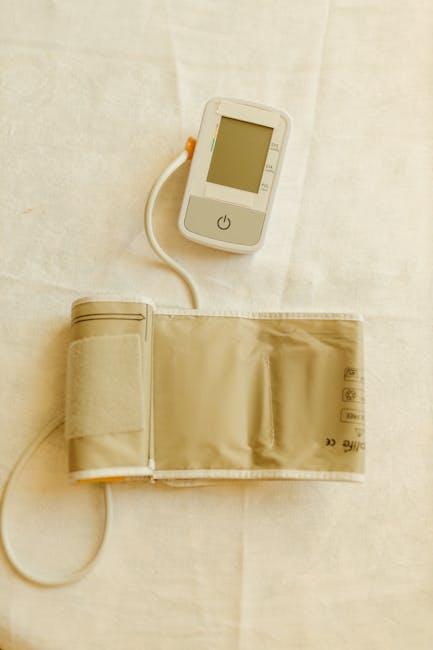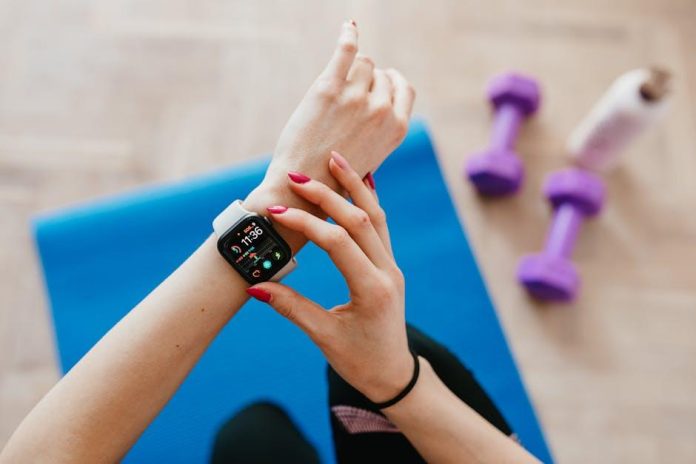In a world where technology weaves seamlessly into the fabric of our daily lives, wearable health tech emerges as a beacon of innovation, promising to revolutionize how we monitor and manage our well-being. From sleek smartwatches that track our every heartbeat to discreet fitness bands that count our every step, these devices offer a tantalizing glimpse into a future where health insights are just a wrist away. But as we embrace this digital health revolution, a pivotal question arises: should we rely on wearable health tech to guide our health decisions? This article delves into the promises and pitfalls of these modern marvels, exploring the intricate balance between technological advancement and personal responsibility in our quest for optimal health.
Embracing the Digital Doctor: Exploring the Benefits of Wearable Health Tech
The rapid advancement of technology has ushered in a new era of healthcare, where wearable devices like smartwatches and fitness trackers play a pivotal role. These devices offer numerous benefits, empowering individuals to take charge of their health with real-time data. Convenience is a key advantage; wearables seamlessly integrate into daily life, providing continuous monitoring without disrupting routine activities. They also enhance personalized healthcare by delivering insights tailored to individual needs, helping users make informed lifestyle choices.
- Continuous Monitoring: Track vital signs like heart rate, sleep patterns, and physical activity levels 24/7.
- Early Detection: Alert users to potential health issues before they escalate into serious conditions.
- Motivation and Accountability: Encourage healthier habits through goal setting and progress tracking.
- Data Sharing: Facilitate communication with healthcare providers by sharing accurate health data.
While these benefits are promising, it’s essential to consider potential drawbacks such as data privacy concerns and the accuracy of the information provided. As technology continues to evolve, striking a balance between innovation and security will be crucial in determining the future role of wearables in healthcare.
Navigating Privacy Concerns: Safeguarding Personal Data in the Age of Wearables
As we become more reliant on wearable health technology, privacy concerns inevitably arise. These devices, while offering significant benefits in tracking and improving our health, also collect vast amounts of personal data. This data includes sensitive information such as heart rate, sleep patterns, and even location. To navigate these concerns, it’s essential to understand the measures we can take to protect our personal information.
- Data Encryption: Ensure that the wearable devices you use employ strong encryption methods to safeguard your data from unauthorized access.
- Privacy Settings: Regularly review and update the privacy settings on your devices and associated apps to control what information is shared and with whom.
- Manufacturer Policies: Stay informed about the privacy policies of the companies behind your wearables. Look for transparency in how they handle, store, and share your data.
- Software Updates: Keep your devices and apps updated with the latest software to protect against security vulnerabilities.
- Data Minimization: Only share the data necessary for the device to function and consider opting out of non-essential data collection.
By taking these steps, users can enjoy the benefits of wearable health tech while minimizing risks to their personal privacy. It’s a delicate balance, but one that can be managed with informed choices and proactive measures.

Balancing Accuracy and Reliability: How Trustworthy is Wearable Health Technology
Wearable health technology, such as fitness trackers and smartwatches, has become a staple in our daily lives, offering insights into our physical activities and well-being. Yet, the question of their trustworthiness remains a pressing concern. On one hand, these devices provide users with a wealth of data, including heart rate, sleep patterns, and step count. However, the accuracy of this information can vary significantly depending on the brand, model, and even the way it’s worn. Data inconsistency is a common issue, with studies showing that some wearables may overestimate or underestimate metrics like calorie burn or distance traveled.
Reliability, on the other hand, extends beyond accuracy to include how well these devices perform under different conditions and over time. Factors such as battery life, durability, and user interface can all impact the overall trustworthiness of the technology. When considering whether to rely on these devices, it is crucial to evaluate:
- The quality of the sensors and algorithms used to collect and interpret data.
- The transparency of the manufacturers regarding their data collection methods.
- The level of integration with other health monitoring systems or medical advice.
Ultimately, while wearable health technology offers valuable insights, users should remain informed and cautious, supplementing data from wearables with professional medical advice when necessary.

Empowering Patients and Professionals: Recommendations for Integrating Wearables in Healthcare
To harness the full potential of wearable health technology, both patients and healthcare professionals need a roadmap for seamless integration. This begins with ensuring interoperability across devices and healthcare systems, allowing data to flow smoothly and securely. Training programs for healthcare providers can enhance their ability to interpret wearable data effectively, turning raw numbers into actionable insights. Patients, on the other hand, benefit from user-friendly interfaces and clear instructions, empowering them to take charge of their health data.
Furthermore, it’s crucial to establish clear guidelines for data privacy and security, reassuring users that their sensitive information is protected. Collaboration between tech developers, healthcare professionals, and patients can foster an environment where feedback leads to continuous improvement of wearable technologies. Lastly, integrating personalized health recommendations based on the data collected can transform wearables from simple tracking tools into proactive health companions.
To Conclude
As we stand on the precipice of a new era in personal health management, the question of whether to rely on wearable health technology remains a compelling conundrum. These devices, with their promise of real-time insights and personalized health data, are reshaping how we understand our bodies. Yet, like any tool, their efficacy depends on how we wield them. In a world where technology continually nudges the boundaries of possibility, the ultimate decision rests with each of us—balancing the allure of innovation with the timeless wisdom of human intuition. As we move forward, let us wear our choices wisely, mindful of both the potential and the limitations that accompany this digital evolution in healthcare.


































